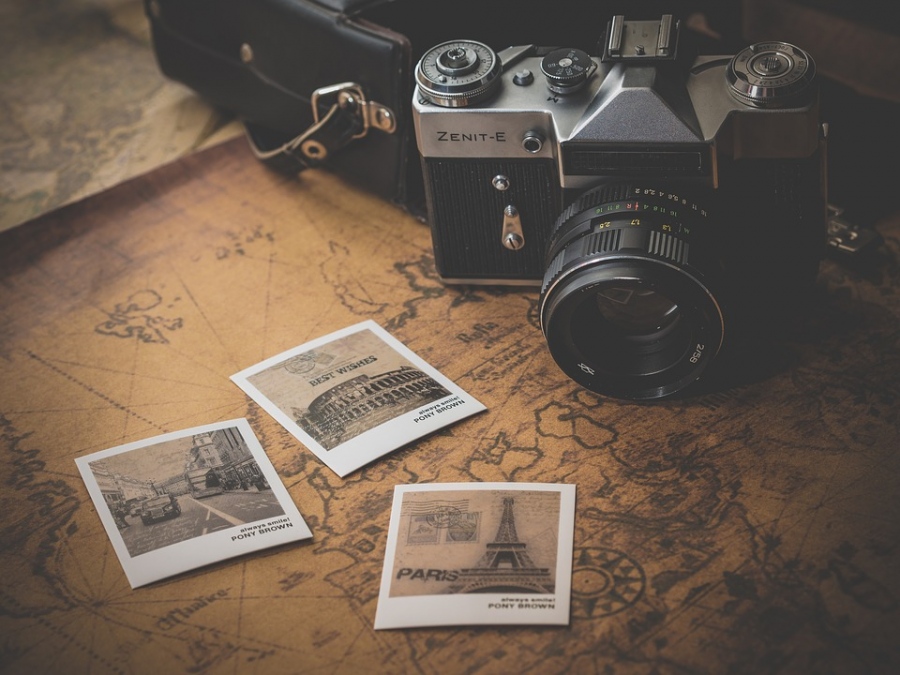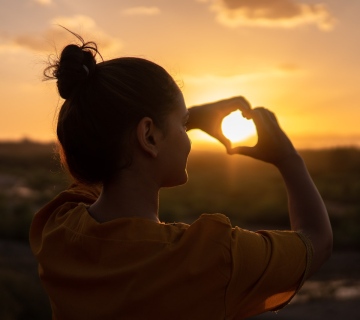In the past, people have often gathered over meals, around campfires, and other places to share their stories. These gatherings have been fundamental to the shaping of communities and cultures for centuries. Over the years, this art of storytelling has been lost amid the rise of various technologies, making digital photography the new medium for storytelling.
Digital photography is an art of storytelling that is utterly infectious since it allows the viewer to relate to the moment captured in your photos. The common phrase ‘a picture is worth a thousand words’ itself attests to the capacity of visual storytelling. In visual storytelling, images are arranged as a series or chronologically to capture the viewer’s mind and vision.
This means that editing, angles, poses, and captions are integral to telling a story with your photos. That said, it is essential to use these factors to expand your viewer’s understanding of each image.
Editing, in particular, is key to achieving the best images. Therefore, you should be keen on editing everything from hair to background for top-notch storytelling images. See here how to edit hair and make your pictures more captivating.
What Strategies Help Describe A Story In Photos

1. Incorporating Small Details in A Single Frame
If you are telling a story about a person, a standard portrait won’t tell the whole story. An individual’s story is told by the details of their life. Therefore, a wide-angle portrait of them surrounded by their favorite things, an image with their clothes and books scattered across their bedroom floor or a picture of them doing something they love would be your best bet for describing a story about them.
2. Exploring Variety in A Series of Shots
Taking a variety of different images of a single setting is essential to visual storytelling. It would be best if you utilized wide-angle shots, action shots, portraits, zoomed-in details, shots from up high and down low and combine them to tell an entire story.
3. Assuming Control of the Entire Frame
Telling stories with your photos transforms you from a photographer to a storyteller, and this role implicates taking control of the entire frame. This means that apart from focusing on your subject, position, and lighting, you should also focus on the whole scene, including backdrops, surrounding details, bright areas, shadows, etc. The environmental details captured in the frame improve the shot through storytelling.
4. Learning to Exclude, Trim, and Narrow Down
Posting hundreds of photos of the same setting taken from the same angles is how you lose your viewer’s attention. Instead, you should be selective and ensure that you only share your best images. After taking shots, go through them and select a few that are essential to your story.
5. Trying to Capture Emotions
To capture emotions, you should focus more on taking close-up shots and full-size images of your subject since emotion is communicated through facial expressions and body language. Also, try taking off-guard photos to capture your subject’s natural expressions.
6. Observing the Basics of Photography
When learning to tell a story with images for the first time, it’s easy to lose touch with photographic fundamentals. Avoid replacing lighting, settings, and composition with storytelling, instead, ensure everything works together. A photo with beautiful light, perfect exposure, excellent composition paired with a great story is a sure-fire way to capture your viewers’ attention.
7. Using a Narrative Structure
When taking a series of storytelling photos, try to create a chronological narrative. Following this fun and easy narrative structure is the best way to practice and perfect the art of visual storytelling. Starting with a shot taken at sunset, then following up with photographs taken throughout the day as the light changes, and concluding your series with sunset and night shots allows you to tell the story of a day in a particular setting.
Start Utilizing Photography in Storytelling
Storytelling is both timeless and integral to human culture. Photographs convey ideas, narratives, moods, emotions, and messages, which are all key elements of storytelling. To be an excellent visual storyteller, you have to be intentional about learning and practicing this craft, and the tips listed above are a great starting point.




